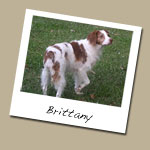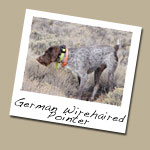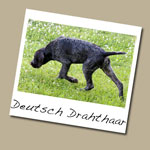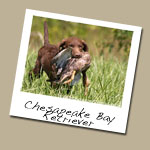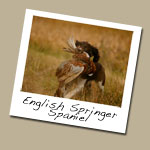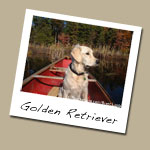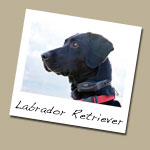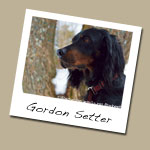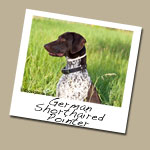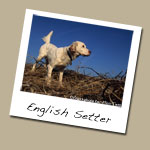Tips On Preserves
Preserves Extend Opportunities for HuntersBy Glenn Sapir Daily-fee preserves in many states provide an excellent chance for bird hunters to get a jumpstart on autumn's hunting activities. Similarly, preserves may stay open well after general hunting seasons have closed, providing convenient wingshooting long after other opportunities have ended for the year. These extended hunting opportunities usually flush in the form of pheasants, though many preserves also offer chukar partridge and bobwhite quail. Hungarian partridge and mallard are other game sometimes provided. Typically, the customer makes a reservation for a particular kind of hunting experience. Many preserves offer pre-set packages, such as a 10-pheasant hunt (a mix of cocks and hens) or a half-day quail or waterfowl hunt with a certain bag limit. At some preserves, you may be charged by the bird for those over the package limit. Quality hunting preserves offer hard flying birds and excellent habitat. Some preserves release birds well before the season begins. Good habitat will hold most of the early released birds while giving them a chance to acclimate to the wild. At some preserves birds may be released as needed before participants head out for a traditional walk-up hunt. Most preserves provide a guide and bird dog. Customers may have a choice of flushing or pointing dogs. Though shooting action is virtually guaranteed, hitting the birds is always in the hands of the hunter. In many states, hunters are not required to have a hunting license or certification of having passed a hunter education course. This allows conscientious parents or other adult mentors to introduce youngsters, who are often prohibited from hunting because of laws such as minimum age restrictions, to a day afield. Preserves provide a great chance not only to train young hunters, but also young hunting dogs. Terrain can vary. For example, most preserves in New York feature open fields, some cultivated and harvested in strips, as well as woods and swamps. In South Dakota, the hunting areas may be fields of corn, sunflowers or other crops, or even native grass and cover. The preserve experience varies depending on how well dogs work, how natural the cover is, how amiable the guides are, and how fairly the hunt is priced. Ask about these points, as well as whether the preserve features public shooting, club memberships or both. Also check to see if there's a clubhouse, food, other activities such as sporting clays or trap and, most important, whether references from customers can be provided. Always check on these decision-making factors with a previous customer. |

